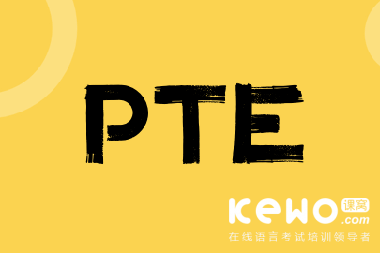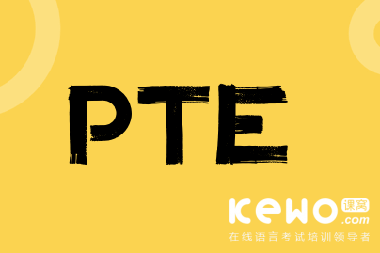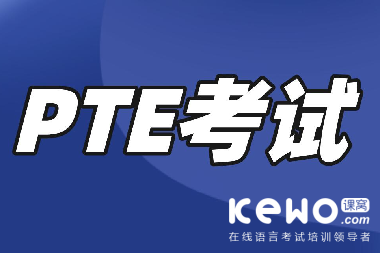PTE考试听力材料

在备考2018PTE考试的同学们,小编为你们准备了SWT中的听力材料,一起来看看吧。

History uncovered in conserving the Rosetta Stone
When the Rosetta Stone was discovered in 1799, the carved characters that covered its surface were quickly copied. Printer’s ink was applied to the Stone and white paper laid over it. When the paper was removed, it revealed an exact copy of the text—but in reverse. Since then, many copies or “facsimiles” have been made using a variety of materials. Inevitably, the surface of the Stone accumulated many layers of material left over from these activities, despite attempts to remove any residue. Once on display, the grease from many thousands of human hands eager to touch the Stone added to the problem.
Analyzing the Rosetta Stone
An opportunity for investigation and cleaning the Rosetta Stone arose when this famous object was made the centerpiece of the Cracking Codesexhibition at The British Museum in 1999. When work commenced to remove all but the original, ancient material the stone was black with white lettering. As treatment progressed, the different substances uncovered were analyzed. Grease from human handling, a coating of carnauba wax from the early 1800s and printer’s ink from 1799 were cleaned away using cotton wool swabs and liniment of soap, white spirit, acetone and purified water. Finally, white paint in the text, applied in 1981, which had been left in place until now as a protective coating, was removed with cotton swabs and purified water. A small square at the bottom left corner of the face of the Stone was left untouched to show the darkened wax and the white infill.
The Stone has a dark grey-pinkish tone with a pink streak running through it. Today you see traces of a reddish brown in the text. This material was analyzed and found to be a clear mineral known as hydroxyapatite; the color may be due to iron traces. The mineral may have been applied deliberately, but there is no proof of this. This substance is not known by experts to have been used as a pigment, nor to have been used as a base for painting (a ground) in ancient Egypt.
参考答案:
Many layers of materials accumulated when people copied the characters on the Rosetta Stone, which has a dark grey-pinkish tone with a pink streak because of a mineral called hydroxyapatite and iron traces, along with the grease from many thousands of human hands eager to touch the Stone, were cleaned away with cotton wool swabs and liniment of soap, white spirit, acetone and purified water.
如果你还有其他关于2018年PTE学院,2018年PTE新加坡等相关资讯,可以联系我们。


上一篇: PTE考试攻略你知道吗
下一篇: PTE考试词汇的积累
猜你喜欢

语言测试黑马——PTE英语考试
 2023.12.08
2023.12.08

PTE备考攻略:从零开始,四周攻克考试,不走弯路!
 2023.11.16
2023.11.16

PTE考试:适合对象及报名流程与考试题型详解
 2023.11.09
2023.11.09

PTE考试在国内的报名流程及使用优惠码享受折扣的方法
 2023.10.26
2023.10.26

